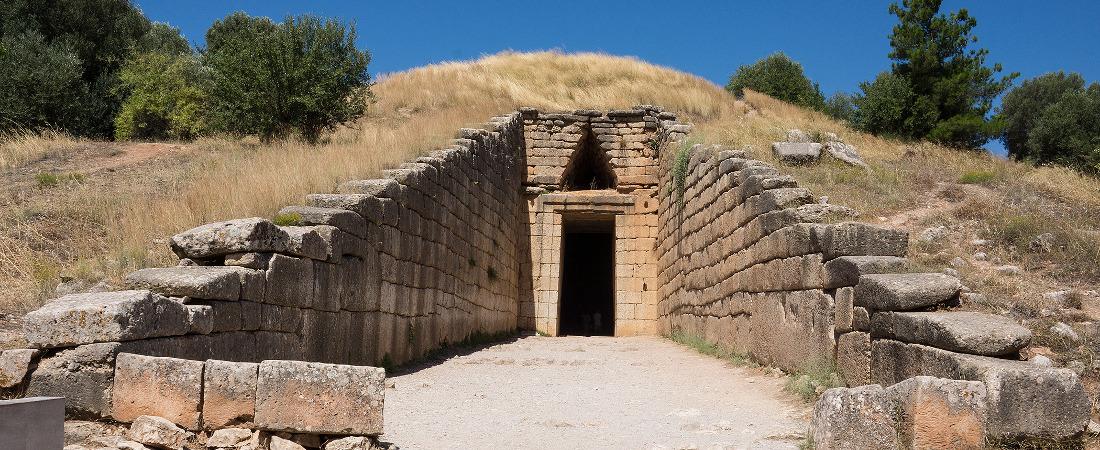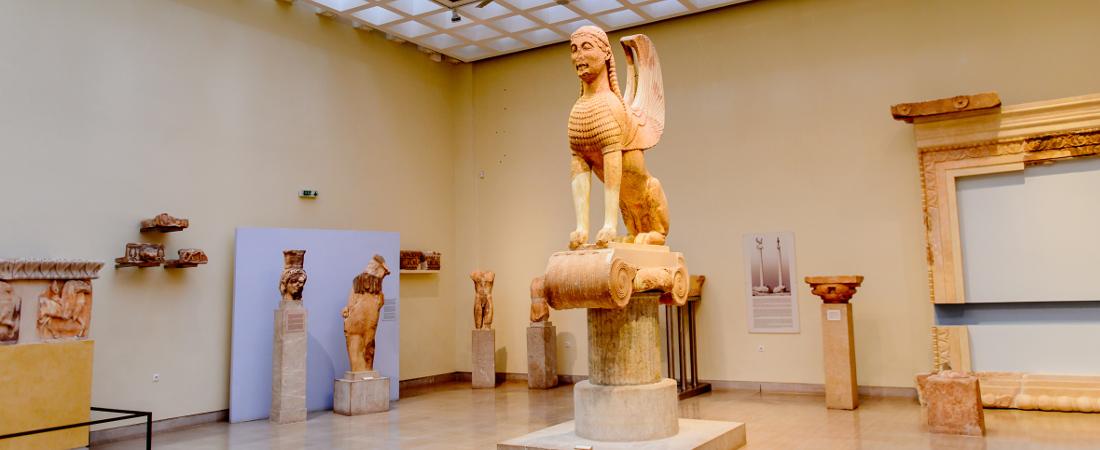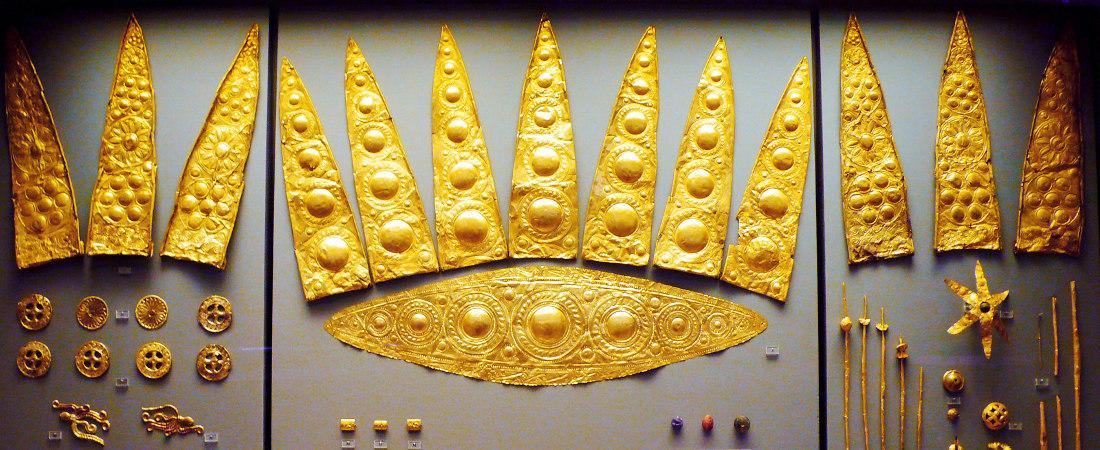The Tomb of King Agamemnon
 The Tomb of King Agamemnon in Mycenae Archaeological Site is an impressive “tholos” tomb on the Panagitsa Hill. It was constructed during the Bronze Age around 1250 BC. The lintel stone above the doorway weighs 120 tons, with approximate dimensions 8.3 x 5.2 x 1.2m, the largest in the world.
The Tomb of King Agamemnon in Mycenae Archaeological Site is an impressive “tholos” tomb on the Panagitsa Hill. It was constructed during the Bronze Age around 1250 BC. The lintel stone above the doorway weighs 120 tons, with approximate dimensions 8.3 x 5.2 x 1.2m, the largest in the world.
The exact time the people used the tomb is unknown. Mentioned by Pausanias, it was still visible in 1879 when the German archeologist Heinrich Schliemann discovered the shaft graves under the agora in the Acropolis of Mycenae. The Tomb of Agamemnon has probably no relationship with either Atreus or King Agamemnon. As archaeologists believe that the sovereign buried there ruled at an earlier date than the two; it was named thus by Heinrich Schliemann and the name has been used ever since.
The Tomb of King Agamemnon perhaps held the remains of the sovereign who completed the reconstruction of the fortress or one of his successors. The grave is in the style of the other tholoi of the Mycenaean World, of which there are nine in total around the citadel of Mycenae and many more in the Argolid. However, in its monumental shape and grandeur, it is one of the most impressive monuments surviving from Mycenaean Greece.
You can visit this greatly impressive site with our one Day tour to Mycenae.












